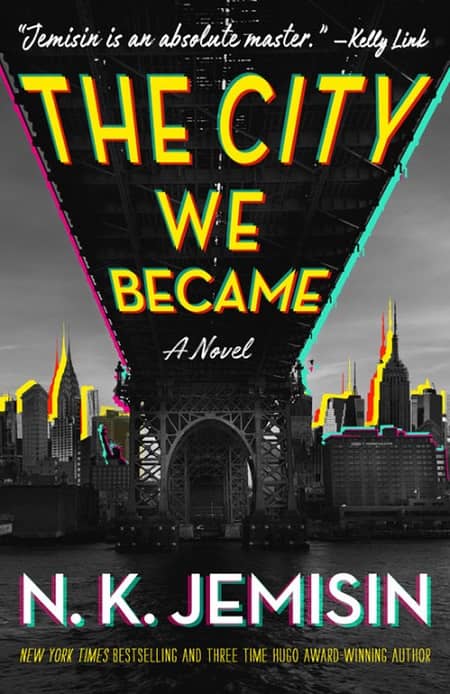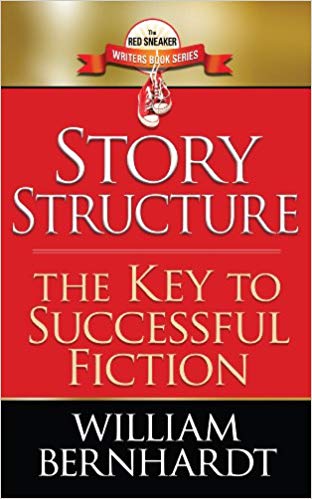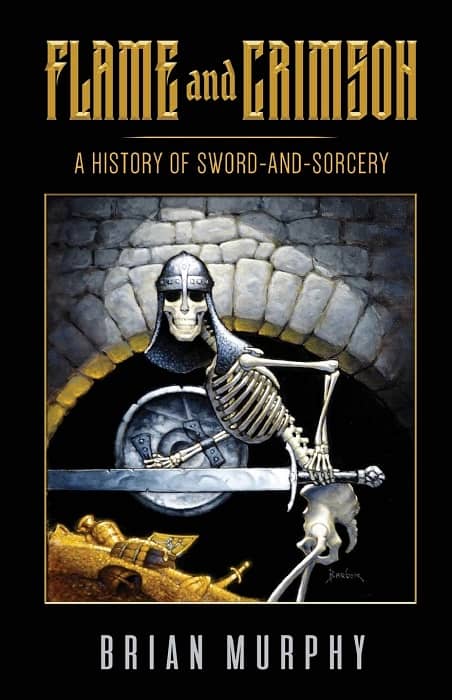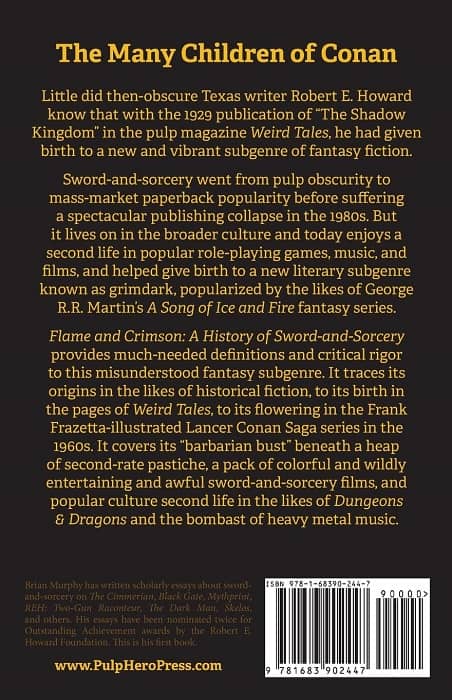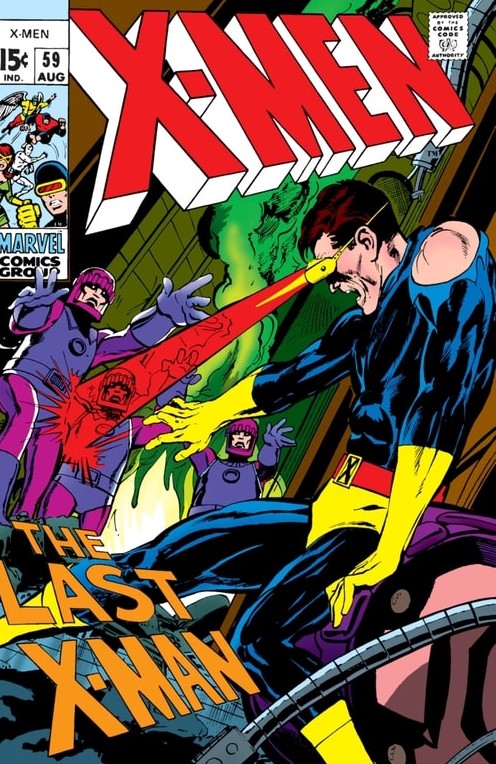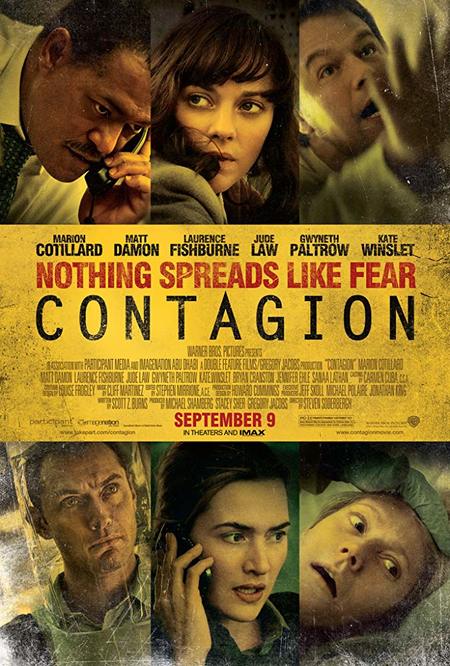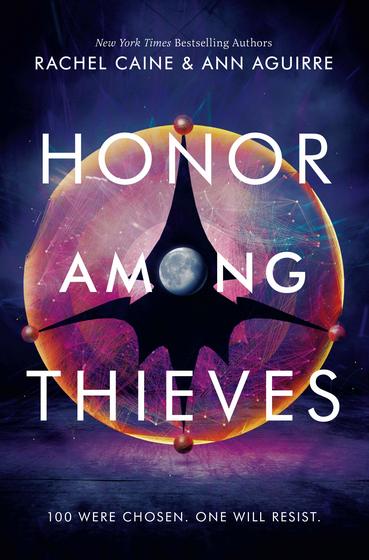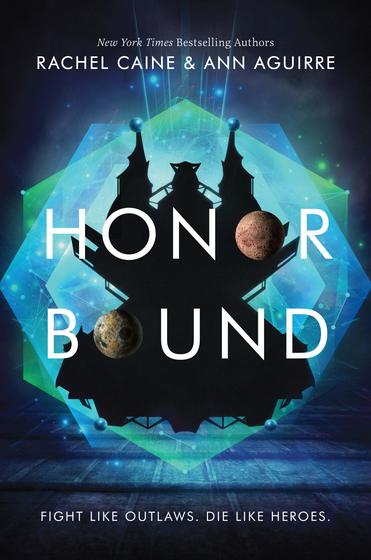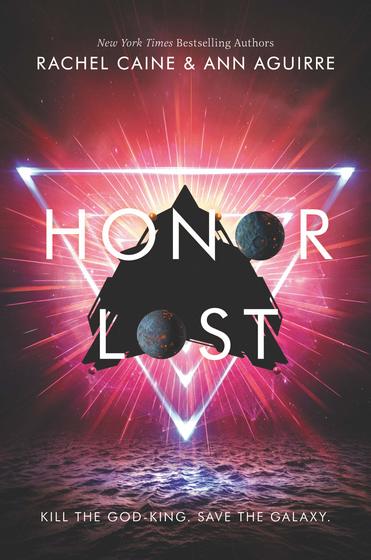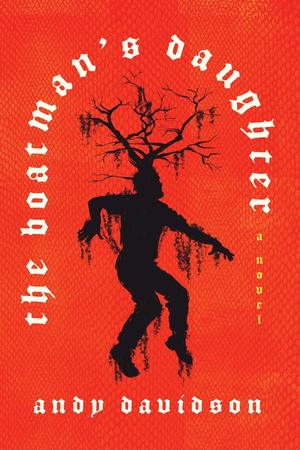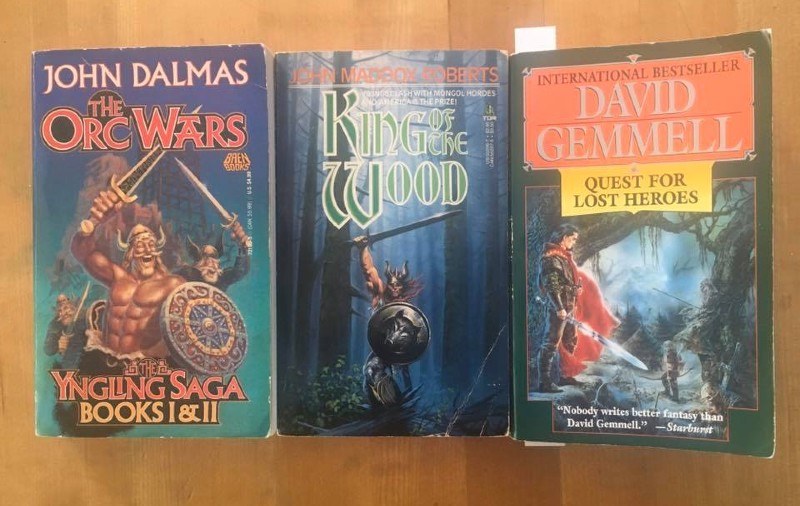John DeNardo on the 7 Best Science Fiction/Fantasy Books of March
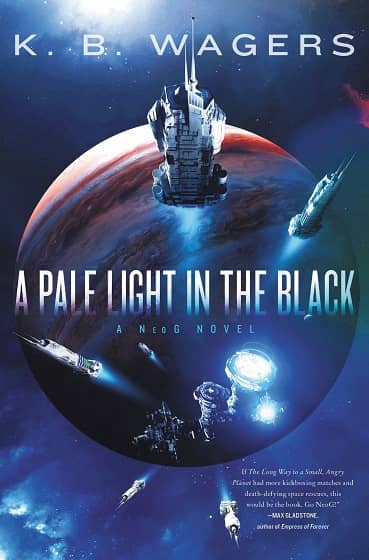 |
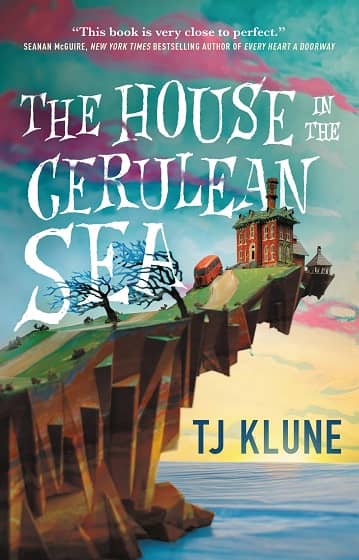 |
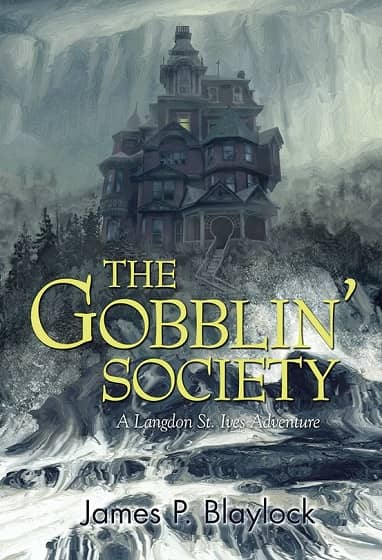 |
Covers by Vadim Sadovski, Chris Sickels/Red Nose Studio, and Jon Foster
Good friends recommend good books. And that makes John DeNardo just about the best friend we have in this business. I’ve come to rely on his regular columns for Kirkus Reviews to point me towards the best new releases each month, in articles like “Sex Robots, the Future of Racism, and Cthulhu Vacations” [Jan 21] and “The Definitive List of the Top Science Fiction & Fantasy of 2019” [Dec 2019].
He also does regular monthly round-ups of the best novels — while not neglecting short fiction, which is one of the things I like about him. For March he looks at new novels by Katie M. Flynn, K. B. Wagers, Myke Cole (Sixteenth Watch), TJ Klune, N. K. Jemisin (The City We Became), Zack Jordan, and Menna van Praag, and new short fiction and collections from Tor (including Dragon Age: Tevinter Nights, and Hearts of Oak by Eddie Robson), Titan Books (including Cursed edited by Marie O’Regan and Paul Kane), Undertow Publications, the British Library, and Black Library, not to mention James P. Blaylock, Ellen Datlow and Terri Windling, and many others.
As always, there’s plenty of great stuff on John’s list. Here’s a few of the highlights.
